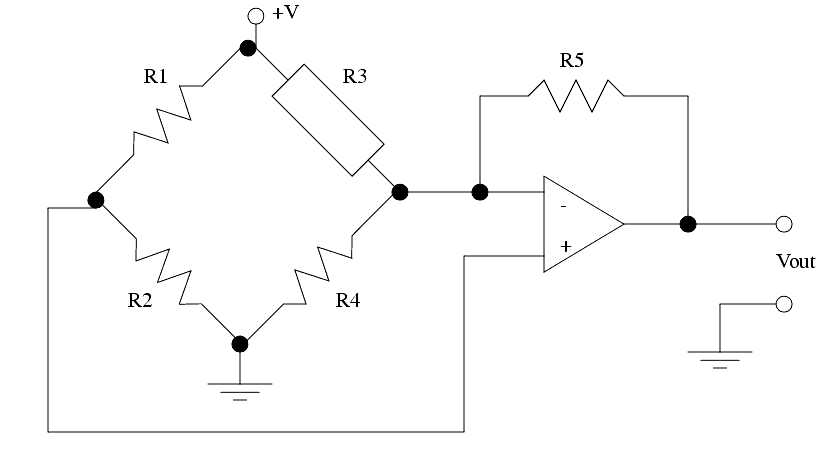
|
|
|
13.9 TEMPERATURE
������������Temperature is of significant concern in most disciplines.
13.9.1 Resistive Temperature Detectors (RTDs)
������������These devices use the effects of temperature change on conductivity.
Uses resistive wires made of materials such as,
Typical material properties are, [Bryan]

Wires are wound about an insulator, for support, and covered for protection.
These devices typically have positive temperature coefficients that cause resistance to increase linearly with temperature.
Typical changes are doubling of initial resistance value over range of use.
13.9.2 Thermocouples
������������Uses a junction of dissimilar metals to generate a voltage proportional to temperature.
The bimetal junction will generate an electrical potential between the metals as the temperature increases. The change in voltage is linearly proportional to the change in temperature.
When using a thermocouple for precision measurement, a second thermocouple can be kept at a known temperature for reference.
A series of thermocouples connected together in series produces a higher voltage and is called a thermopile.
Basic thermocouple types are J, K, etc. These are designed for different temperature ranges.
The basic calculations for thermocouples are given below,

13.9.3 Thermistors
������������Non-linear devices that change conductivity with temperature. These are usually semiconductors.
The resistance drops as the temperature rises. (Note: this is because the extra heat reduces electron mobility in the semiconductor.) This effect can change the resistance by more than 1000 times.
The basic calculation for thermistors is given below,

The circuit below can be used to amplify the output of these devices.

These devices are normally small and come as beads or metallized surfaces.
Search for More: |

Custom Search
|

|